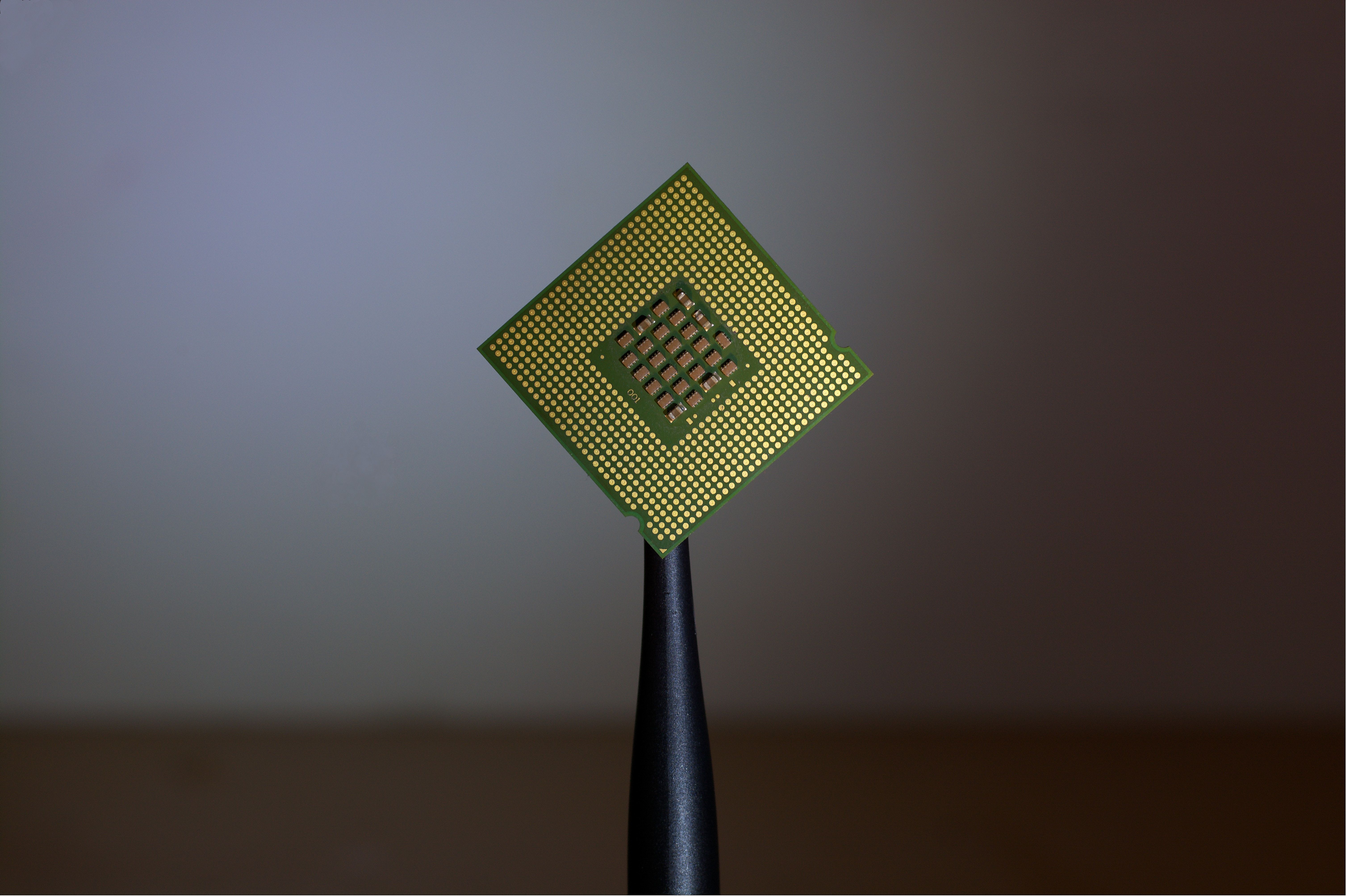Biosensor chip could wirelessly detect disease before you show any symptoms
A team led by the University of California San Diego have developed a biosensor chip, smaller than a fingernail, that can detect changes in single nucleotide base (A, C, G or T) that make up DNA. These alterations are known as a single nucleotide polymorphism, or an SNP, the most common type of genetic mutation. Some SNPs are associated with increased risk of developing pathological conditions such as cancer, diabetes, heart disease, neurodegenerative disorders, autoimmune and inflammatory diseases. The ability to detect serious illnesses early in pathogenesis or before they even begin allows for easier management and treatment.
The graphene-based SNP detection chip wirelessly transmits a signal to a smartphone or computer. The graphene field effect transistor consists of a precisely engineered piece of double-stranded DNA attached to the surface. One strand of the helix will code for a specific SNP.
Some SNPs are associated with increased risk of developing pathological conditions such as cancer, diabetes, heart disease, neurodegenerative disorders, autoimmune and inflammatory diseases
The DNA helix is bent near the middle allowing it to open slightly forming a tweezer shape. A technique known as DNA strand displacement was used to develop the chip, whereby DNA strands are exchanged if a DNA or RNA molecule approaches the chip and strongly complementarily bind to one strand it will displace the weaker one. This leads to the DNA or RNA strands that contain a disease-causing mutation becoming trapped on the chip surface. The opening of DNA in the process of exchange creates a change in electrical current that is detected by the graphene field effect transistor, which can then alert a smartphone.
Not only is this device at least 1,000 times more sensitive than traditional hybridisation assays used to identify an SNP, but it could also lead to cheaper, faster and portable biosensors for early detection of genetic markers for diseases. This opens new opportunities for DNA diagnostics.
The opening of DNA in the process of exchange creates a change in electrical current that is detected by the graphene field effect transistor, which can then alert a smartphone
“Miniaturized chip-based electrical detection of DNA could enable in-field and on-demand detection of specific DNA sequences and polymorphisms for timely diagnosis or prognosis of pending health crises, including viral and bacterial infection-based epidemics,” said Ratnesh Lal, professor of bioengineering, mechanical engineering and materials science at the UC San Diego Jacobs School of Engineering.
Lal and his team aim to scale this technology up by adding Wi-Fi to the chip. They are optimistic that the biosensor chip may be used in clinical settings to conduct liquid biopsies, taking the invasiveness, expense, and possible complications out of that process. Innovative efforts should lead to even more powerful devices that will accelerate the realization of large-scale genetic testing. Thus, a wide range of chips is expected to reach the market in the coming years.

Comments